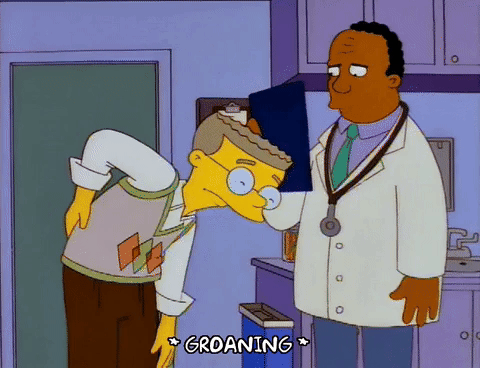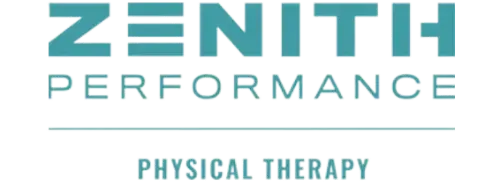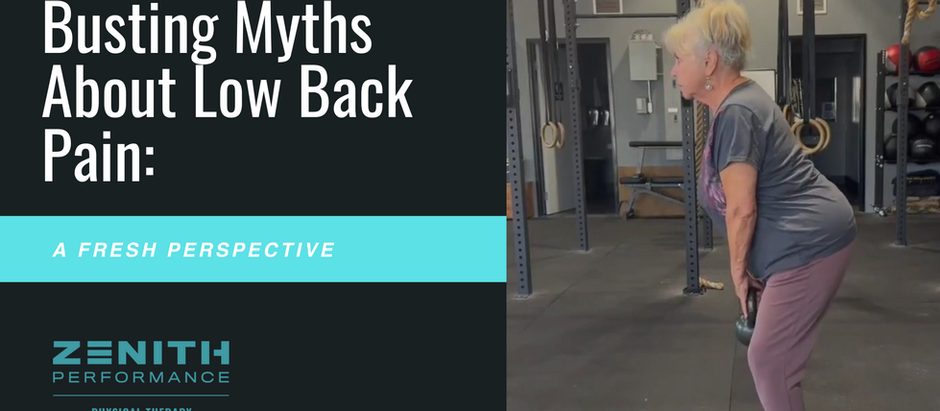
Low back pain is a pressing issue that affects countless individuals. It ranks high among the most common complaints in clinics and is a leading contributor to disability rates in our country. Unfortunately, the treatment path for low back pain is often plagued by misconceptions and outdated beliefs that can lead to unnecessary expenses and prolonged suffering.
As we navigate the complexity of low back pain, it’s crucial to dispel some of these myths and embrace a more enlightened approach to healing. Let’s explore these common misconceptions and discover how new research is reshaping our understanding of low back pain.
Myth #1: Rest is the Best
In the past, rest was often considered the go-to treatment for back injuries. However, prolonged rest can do more harm than good. It stiffens and weakens the muscles, increasing the risk of further injury. Recent research suggests that 1-2 days of rest is usually sufficient after an acute back injury. Movement, even in small doses, is essential for maintaining back health. As we say, “motion is lotion.”
Myth #2: Once Injured, Always Injured
Some individuals believe that once they’ve experienced a back injury, they’re destined to endure it indefinitely. However, staying active, adopting healthy exercise routines, learning proper lifting techniques, and maintaining a balanced diet can all contribute to spine health and long-term pain relief. Your mindset and belief in your ability to heal play a significant role in recovery.
Myth #3: MRI Dictates Surgery
MRI scans are valuable diagnostic tools, but they don’t always tell the whole story. It’s essential to remember that MRI findings don’t always correlate with symptoms. Surgery should only be considered after conservative treatments have been attempted for an extended period and have failed. Many individuals have herniated discs or other issues visible on MRI scans without experiencing any symptoms. Conversely, some people report improvements or unchanged MRI results after experiencing low back pain.
Myth #4: Avoid Heavy Lifting
While individuals with back pain should exercise caution, they shouldn’t entirely avoid lifting and strengthening exercises. Properly prescribed and executed exercises, including weightlifting (yes, heavy weights), can significantly reduce pain, improve function, and enhance overall quality of life. Research indicates that exercises like deadlifts when performed with proper form and dosage, can be therapeutic.
In conclusion, low back pain is a common issue that requires a nuanced approach. Embracing the latest research and avoiding these persistent myths can lead to better outcomes for those dealing with back pain. Remember, you are not fragile, and you have the potential to recover and thrive. Keep moving, stay active, and don’t let outdated thinking dictate your path to a healthy, pain-free back.
References:
Boden SD, Davis DO, Dina TS, Patronas NJ, Wiesel SW. Abnormal magnetic-resonance scans of the lumbar spine in asymptomatic subjects. A prospective investigation. J Bone Joint Surg Am. 1990; 72: 403– 408. [Crossref] [Medline] , [Google Scholar]
Welch N, Moran K, Antony J, et al. The effects of a free-weight-based resistance training intervention on pain, squat biomechanics and MRI- defined lumbar fat infiltration and functional cross- sectional area in those with chronic low back. BMJ Open Sport Exerc Med 2015;1:000050. doi:10.1136/ bmjsem-2015-000050 J Orthop Sports Phys Ther. 2015 Feb;45(2):77-85, B1-4. doi: 10.2519/jospt.2015.5021.
Individualized low-load motor control exercises and education versus a high-load lifting exercise and education to improve activity, pain intensity, and physical performance in patients with low back pain: a randomized controlled trial. Aasa B1, Berglund L, Michaelson P, Aasa U.


